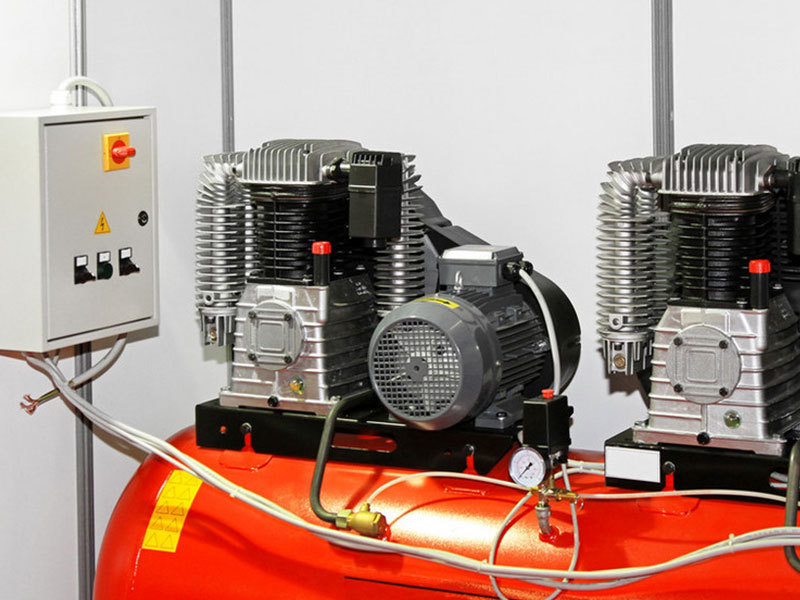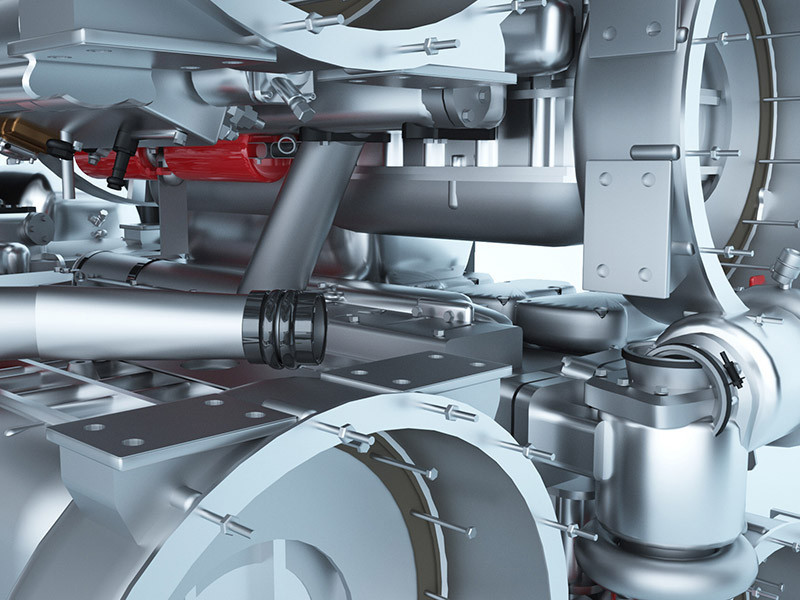22
2022
-
02
How a reciprocating compressor works
1 Expansion: When the piston moves to the left, the volume of the cylinder increases, the pressure drops, and the residual gas remaining in the cylinder expands continuously.
2 Inhalation: When the pressure drops to a little less than the gas pressure in the intake pipe, the gas in the intake pipe will push open the intake valve and enter the cylinder. As the piston moves to the left, gas continues to enter the cylinder until the piston moves to the left end (aka left dead center).
3 Compression: When the piston turns to the right and moves to the right, the volume of the cylinder is gradually reduced, thus starting the process of compressing the gas. Due to the non-reverse effect of the suction valve, the gas in the cylinder cannot be returned to the inlet pipe, and the gas pressure in the outlet pipe is higher than the gas pressure inside the cylinder, and the gas in the cylinder cannot run out of the cylinder from the exhaust valve. The gas in the outlet pipe cannot flow into the cylinder due to the non-reverse effect of the exhaust valve. Therefore, the amount of gas in the cylinder remains constant, but because the piston continues to move to the right, the gas-containing space (volume) in the cylinder is reduced, and the pressure of the gas continues to rise.
4 Exhaust: As the piston moves to the right, when the pressure of the compressed gas rises to slightly greater than the gas pressure in the outlet pipe, the gas in the cylinder pushes the spring of the exhaust valve into the outlet pipe, and is continuously discharged until the piston moves to The end of the right side (also known as the right dead center. Then, the piston starts to move from the right to the left, and the above actions are repeated. The piston reciprocates continuously in the cylinder, so that the cylinder reciprocates the suction and discharge of gas. Each reciprocation of the piston becomes a Working cycle, the distance traveled by the piston each time it goes back or forth is called the stroke.
Keywords:
Expansion
Related News









